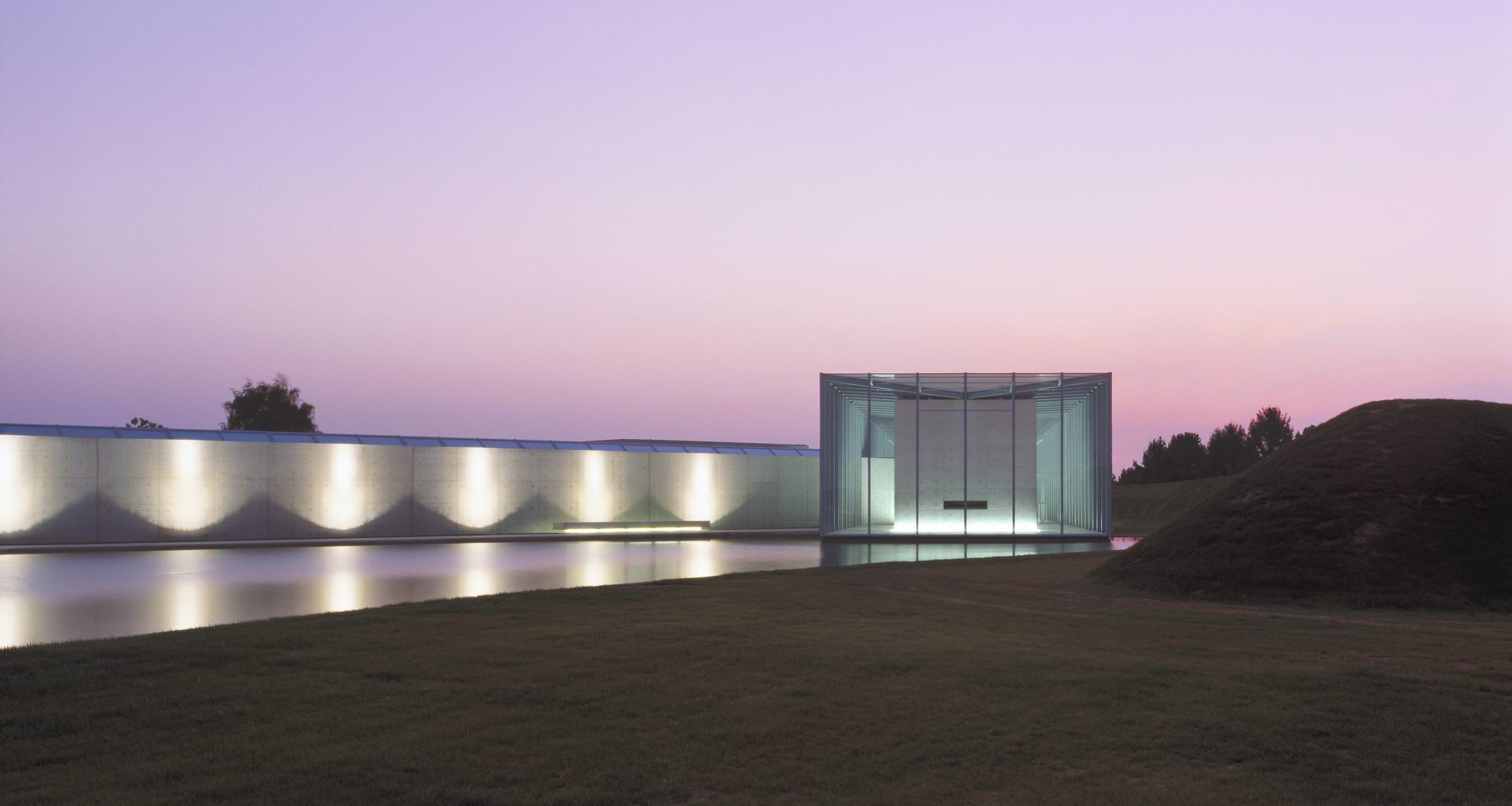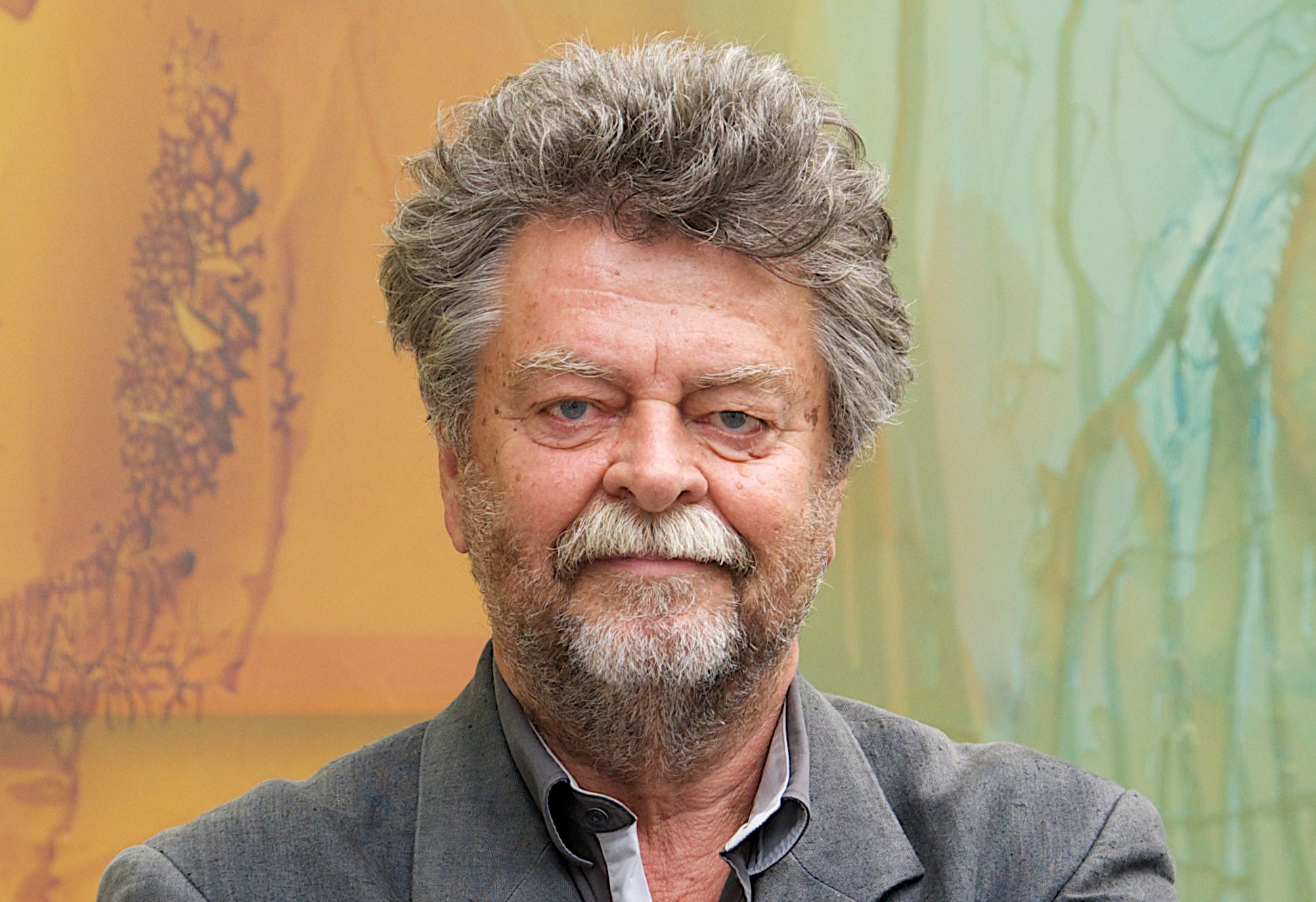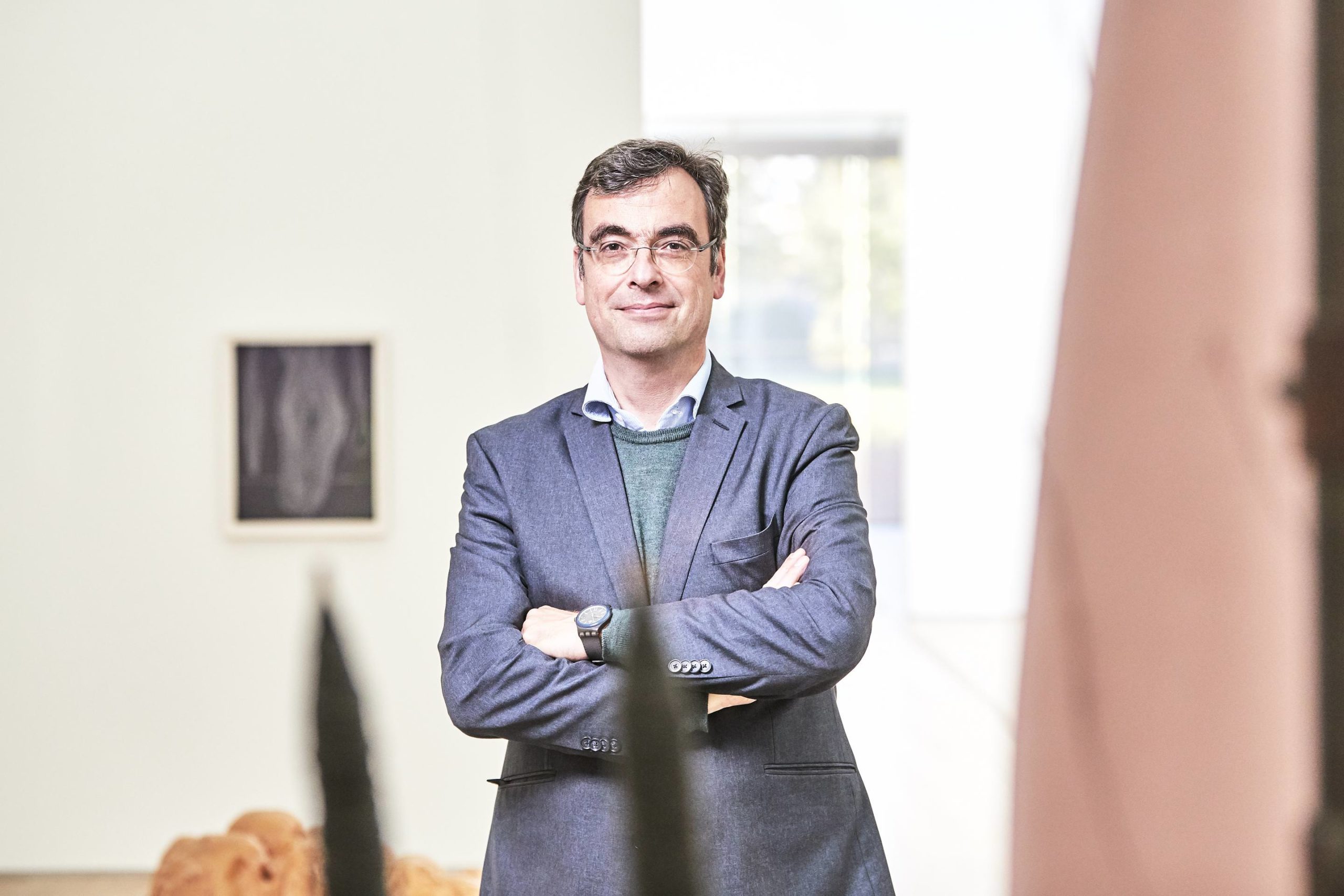Each year we look forward to the public work created for Art Basel’s Messeplatz. Taking on the task for 2018 is Creative Time’s Elvira Dyangani Ose, who has curated a collaborative project, open from May 23 to June 17. Over a span of three weeks, the work of artists Lara Almarcegui and Isabel Lewis and the Santiago Cirugeda–led architecture studio Recetas Urbanas will ask visitors to engage with “Basilea,” an installation that explores our connection to the city.
Whitewaller spoke with Ose to learn more about “Basilea.”
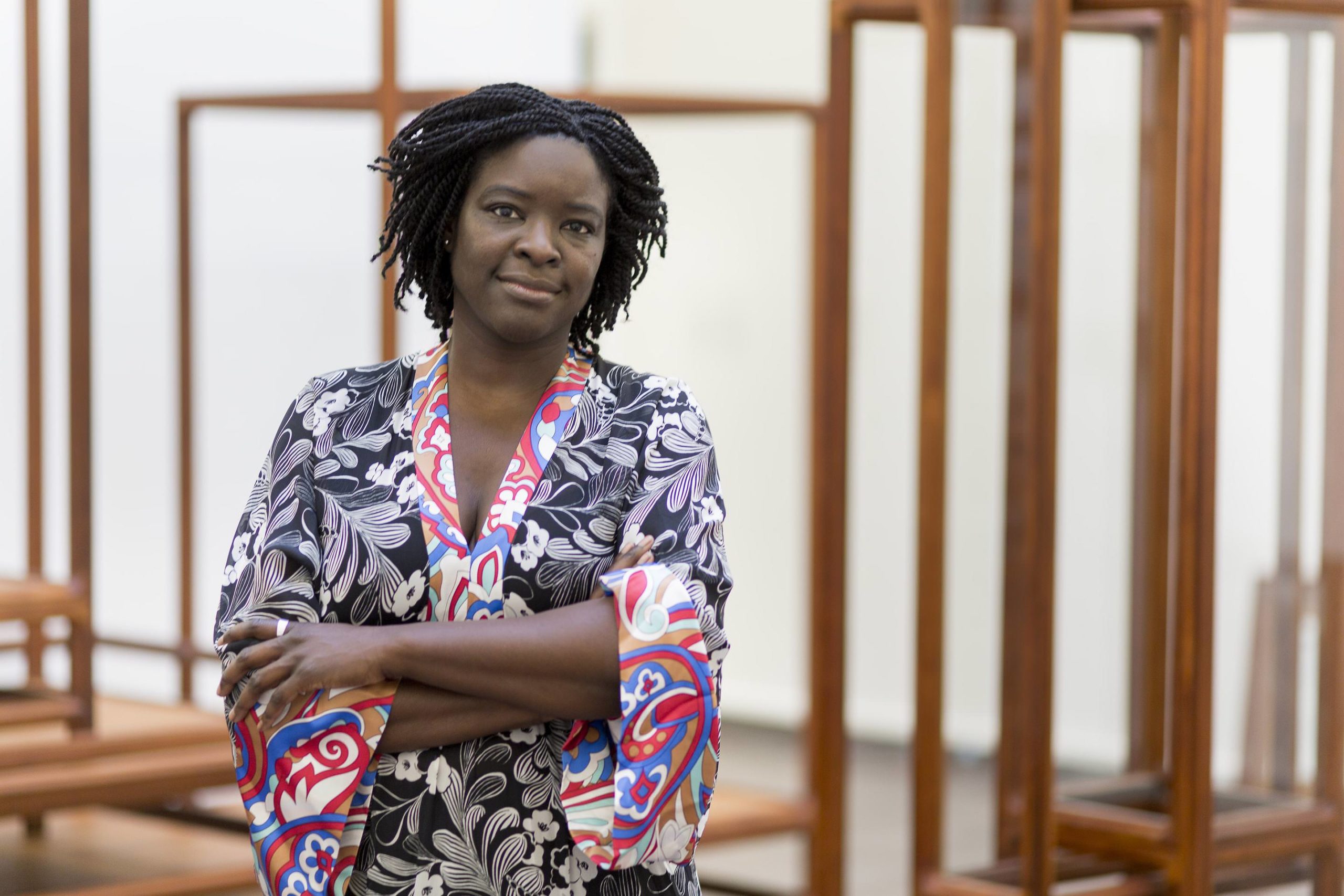
Elvira Dyangani Ose by Hendrik Zeitler.
WHITEWALLER: What was the starting point for “Basilea”?
ELVIRA DYANGANI OSE: An inquiry about public space and its users in Basel. However, here, “Basilea”—which as a place exists only in translation, in the vocabulary of an Italian or a Spanish speaker—is an abstraction that does not pretend to mirror the city of Basel in social, economic, or geopolitical terms. Instead, “Basilea” is a literary trope, a place in our imaginary, a map of future relationships—if you want—defined by our will to take part or not in a collective experience.
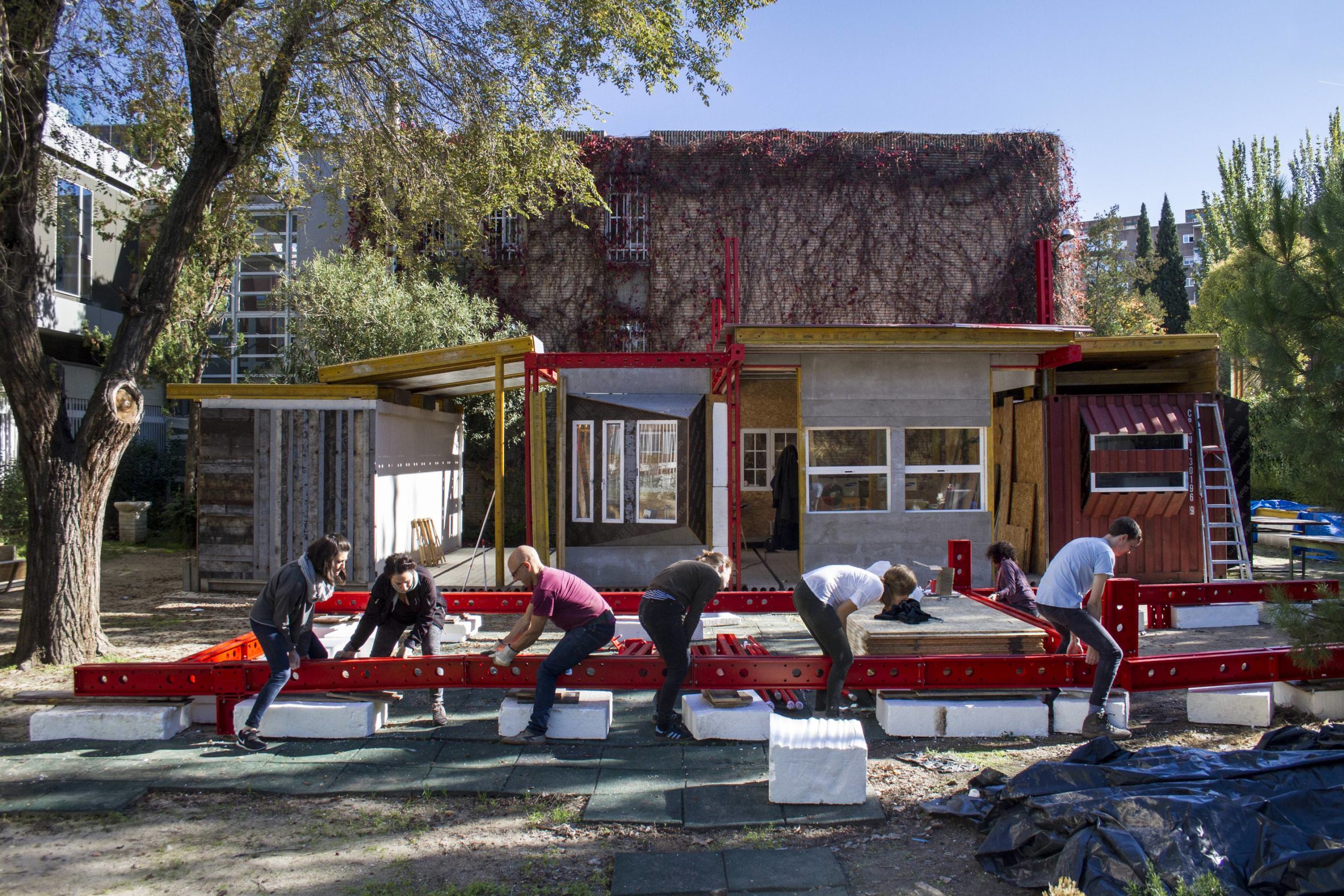
“The schools grows”
ESDM, Madrid 2016
Seflbuild Classrooms.
Courtesy of Juan Gabriel Pelegrina.
WW: This is the first time the artists Lara Almarcegui and Isabel Lewis and the architecture firm Recetas Urbanas are collaborating. How did they come together for this project?
EDO: From a curatorial perspective, it seemed clear that both the artists’ and the architect’s practices had the same concerns and were asking the same questions that the project formulates: What is our use of public space? And how is that engagement established and regulated? What are the spaces in the city for affection, reflection, and togetherness?
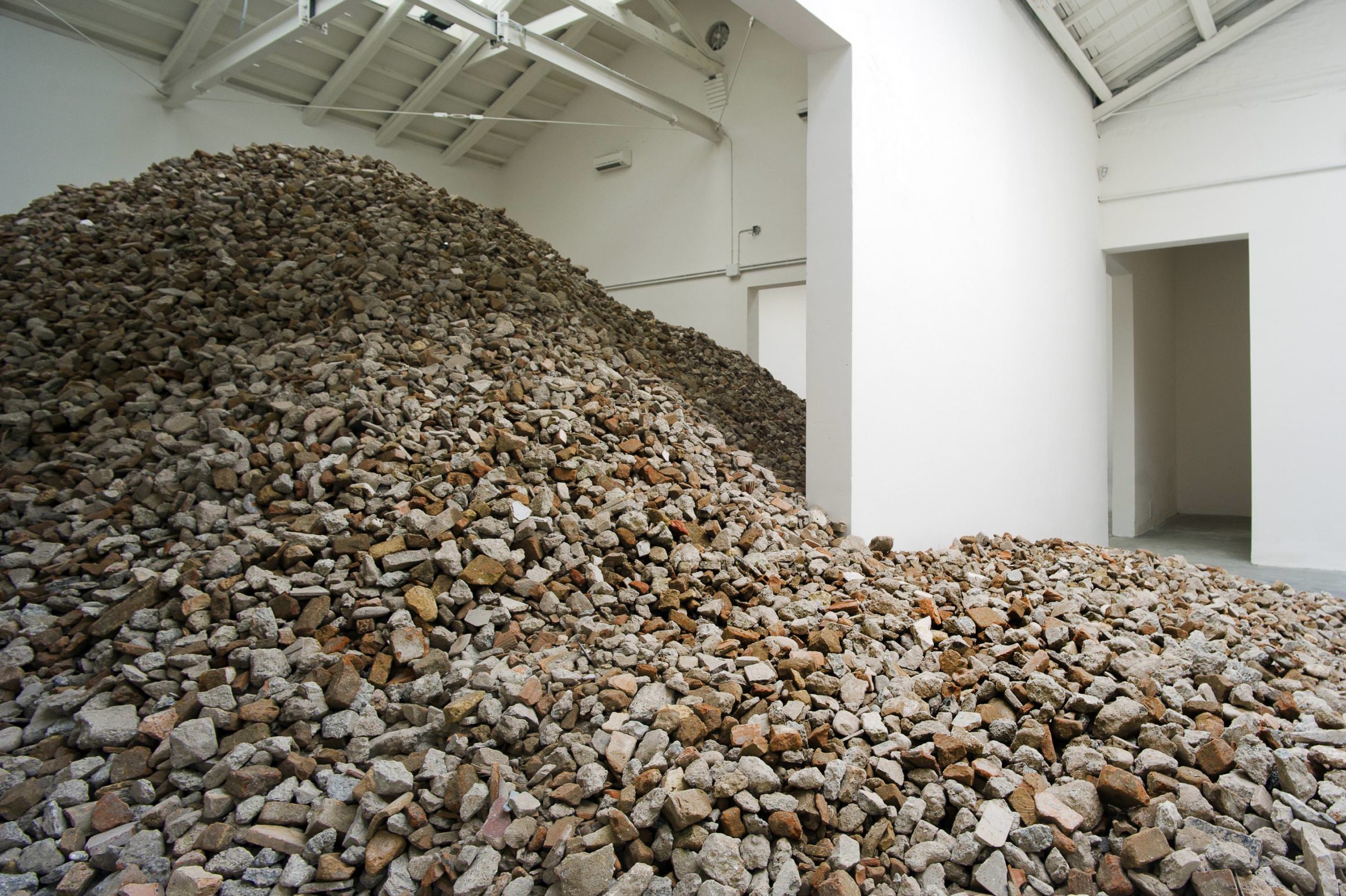
Construction materials
Spanish Pavilion Venice Biennale, 2013
photo by Ugo Carmeni.
The project aims to become a site for the formation of a temporary organic community, bringing together art and non-art audiences and inviting them to take part in decision-making processes. In that respect, and in particular in the case of Lewis and Recetas Urbanas, both embodied practices and collective architecture, respectively, operate as experiential and social paradigms, both as praxis and techne, both what can be produced but also what can be thought, what can be imagined.
WW: For three weeks leading to Art Basel, Recetas Urbanas will work with local and international volunteers to design and build a multipurpose civic structure. Why is it important for the architecture studio that the building of the structure be communal?
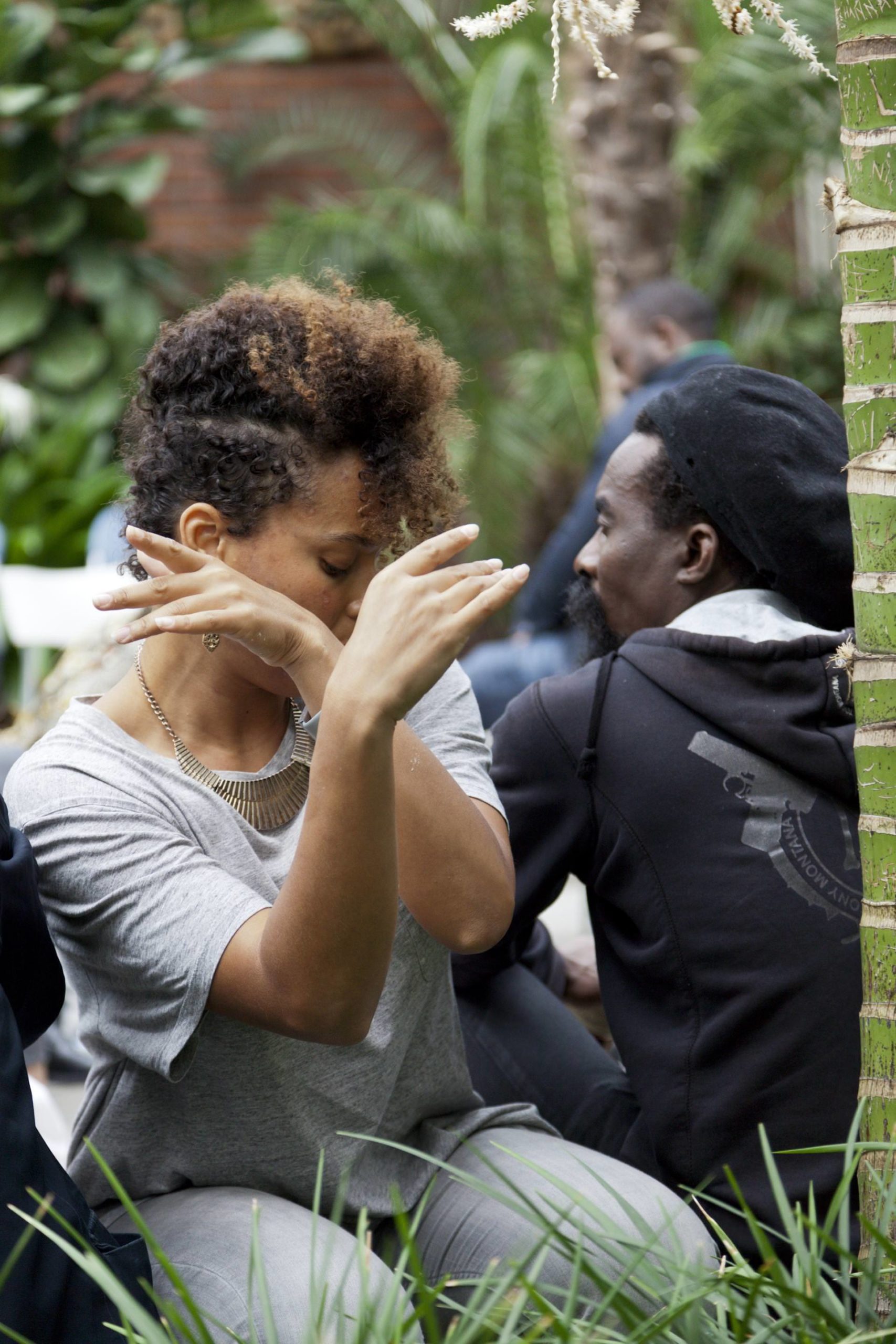
GIBCA 2015_Performance view
photo by Vitali Wagner
An occasion hosted by Isabel Lewis for Tanz Im August, Berlin 2015
EDO: That communal aspect is fundamental for Recetas Urbanas’s methodology. For
more than 20 years, their projects have functioned as living archives of strategies and interventions in the form of easy urban recipes and know-how about any issue affecting a community and its immediate environment. Those projects, as
well as the collectively built construction they will produce in Basel, are platforms for knowledge—about urban legislation, labor conditions, associative networks, and social fabric, but also spaces for togetherness—with time for conversations, eating, drinking, and dancing together.
WW: How will Lewis’s and Almarcegui’s work engage with the built structure?
EDO: Almarcegui will create a large-scale sculpture, made of gravel deposits that will surround the structure and will increase daily during the week of the fair, in increments echoing the quantity of gravel extracted from a Basel quarry.
Lewis will develop a lived experience in the public space, through a multidisciplinary platform open to members of the public of all kind that will work with the artist through workshops on the three weeks preceding the fair. Her project in “Basilea” will be the result of a cross-pollination of various forms of movement, dance, and historical and contemporary bodily-engaged practices. Ultimately, a collective choreography will unfold, nurtured by moments of immateriality or invisibility, which for Lewis constitute spaces of experimentation and empowerment. In “Basilea” there will be moments in which all those aspects will be made visible, not necessarily apparent to one’s sight, but as a process—one that we can experience with our bodies, with our voices, with our souls. This contribution, albeit ephemeral and immaterial, will be crucial to the project’s success.





